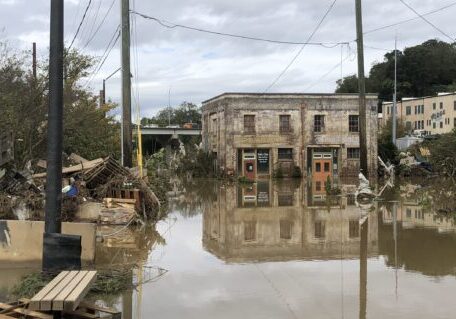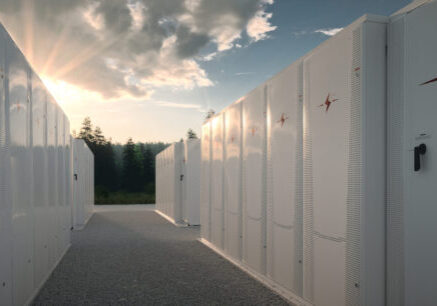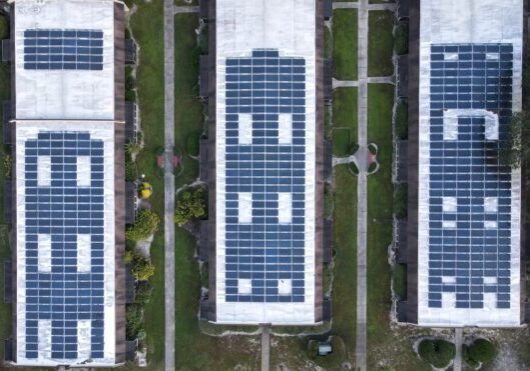March 24, 2016
From Efficiency to Energy Storage: A Third-Generation Strategy for Affordable Housing
By Lewis Milford, Wayne Waite
Rhone Resch, the president of the solar industry’s national lobbying group SEIA, said recently that “storage is the missing piece of the puzzle” for the future of solar PV. As net-metering policies evolve, as they have in California, Nevada, and Hawaii, battery storage offers an important pathway for maintaining and enhancing the value proposition of energy investments like solar PV.
This is so for all utility customers, but especially those in multifamily affordable housing where there has been a recent push for increased solar installation.
The reason is simple. Energy storage empowers solar PV owners to take control of the energy they produce, while also adding valuable flexibility to the electric power system. But that is important for a simple reason –it saves low-income tenants and developers more money, potentially lots of it.
After over 40 years of promoting energy efficiency and a decade of promoting solar PV in affordable housing, clean energy advocates working in this sector are considering what the next steps should be for further reductions in energy costs for low-income tenants. The next steps will require more integrated strategies that enable property owners to better manage energy demands, improve the financial outcomes of energy investments, and create more resilient and sustainable affordable housing. Many advocates believe that energy storage must be a significant component of this future.
Just as adding solar PV delivered a more expansive strategy than energy efficiency alone, energy storage technologies could emerge as the third-generation strategy to achieve cost reductions and extend energy benefits to low-income communities.
At a time when the declining costs of solar PV make clean energy technologies more accessible to low-income households, utilities and regulators are taking steps to reduce the value of solar generation by lowering net-metering rates, altering electricity rate structures, or placing additional charges on solar customers. Left unaddressed, the “clean energy divide” will continue to challenge low-income households’ access to clean and affordable energy.
When installed with PV systems at multifamily affordable housing, energy storage can capture solar savings and shelter system owners and/or tenants from changes in utility rate structures and cost fluctuations. Preserving the value of solar that is installed in low-income communities is especially important for the economically disadvantaged and those on fixed incomes.
Battery storage can even make solar energy more valuable and provide new sources of revenue to affordable housing developers, which they can then pass on to their tenants. In addition, combined solar and storage technologies, when properly configured, have the ability provide clean, reliable power during utility outages.
To this end, California enacted Assembly Bill 693 in 2015, which established the Multifamily Affordable Housing Solar Roofs Program. This program requires that individual tenants receive direct economic benefits from the solar systems installed, which is possible though California’s Virtual Net Metering program. This represents the first time in the U.S. that state funding could provide incentives for owners to install solar PV, energy storage, and energy efficiency all in one package to directly benefit tenants in multifamily affordable housing by lowering their electric bills. But this will happen only if California policymakers get the right structures in place to support the delivery of this comprehensive and integrated clean energy strategy.
In the next few months, Clean Energy Group, along with its California partners, will build upon the strong economic case for solar+storage in California affordable housing. Early economic analysis suggests both tenants and developers can substantially reduce their electric bills by adding energy storage to solar PV systems. Additionally, in the coming months we will look at how developers can finance these systems. And then we will show how energy storage makes even more sense in locations where solar subsidies might decline and where storage is needed to enhance the value of solar systems over the next decade.
In the end, the addition of energy storage to solar PV systems is a good policy choice; and one that should be included in the implementation of AB 693. Getting this policy right by integrating solar with battery storage and energy efficiency could create a national model to help close the clean energy divide and enable solar+storage technologies to benefit all Americans.
***
This blog is based on “Efficiency, Solar and Storage Offer a Unique Opportunity to Bring Clean Energy to Affordable Housing,” written by Wayne Waite and Lewis Milford and published in Greentech Media on March 23, 2016.














